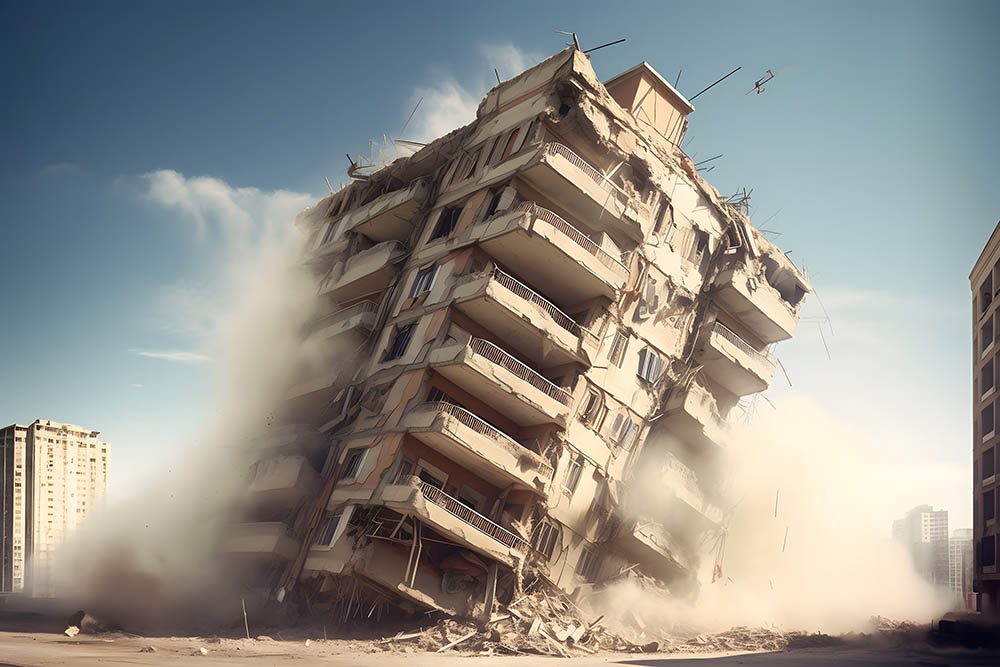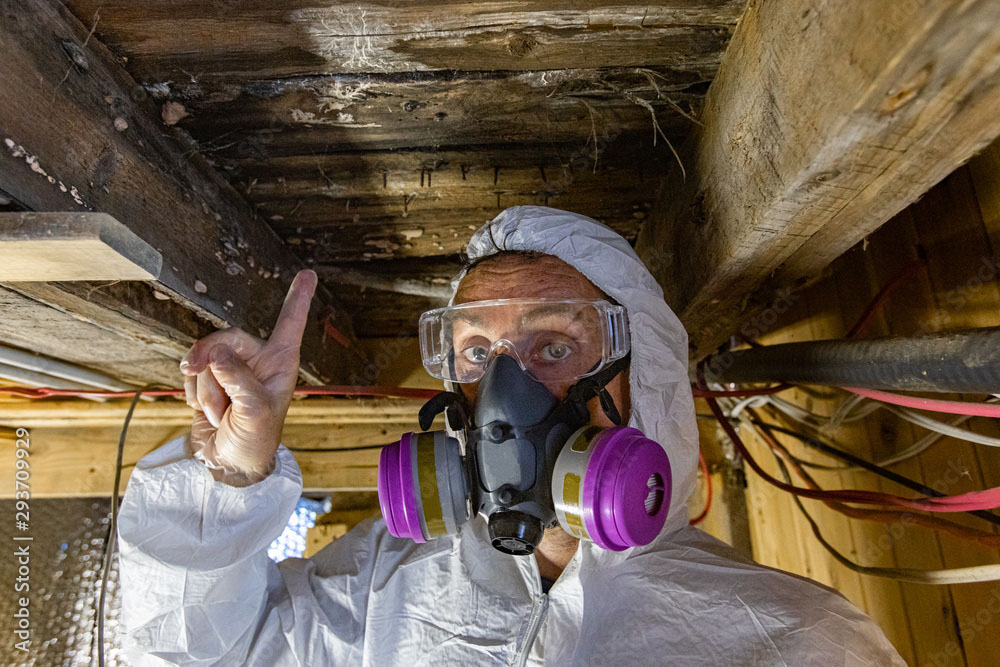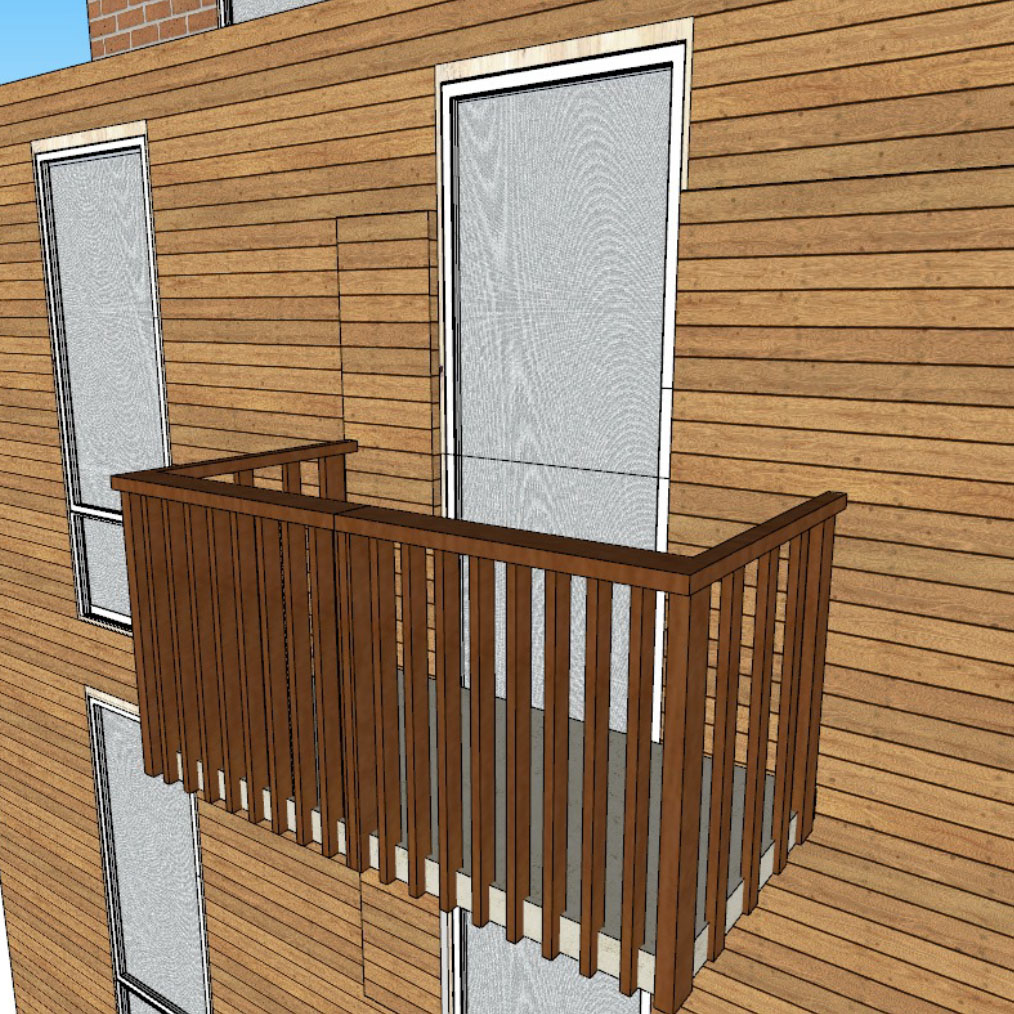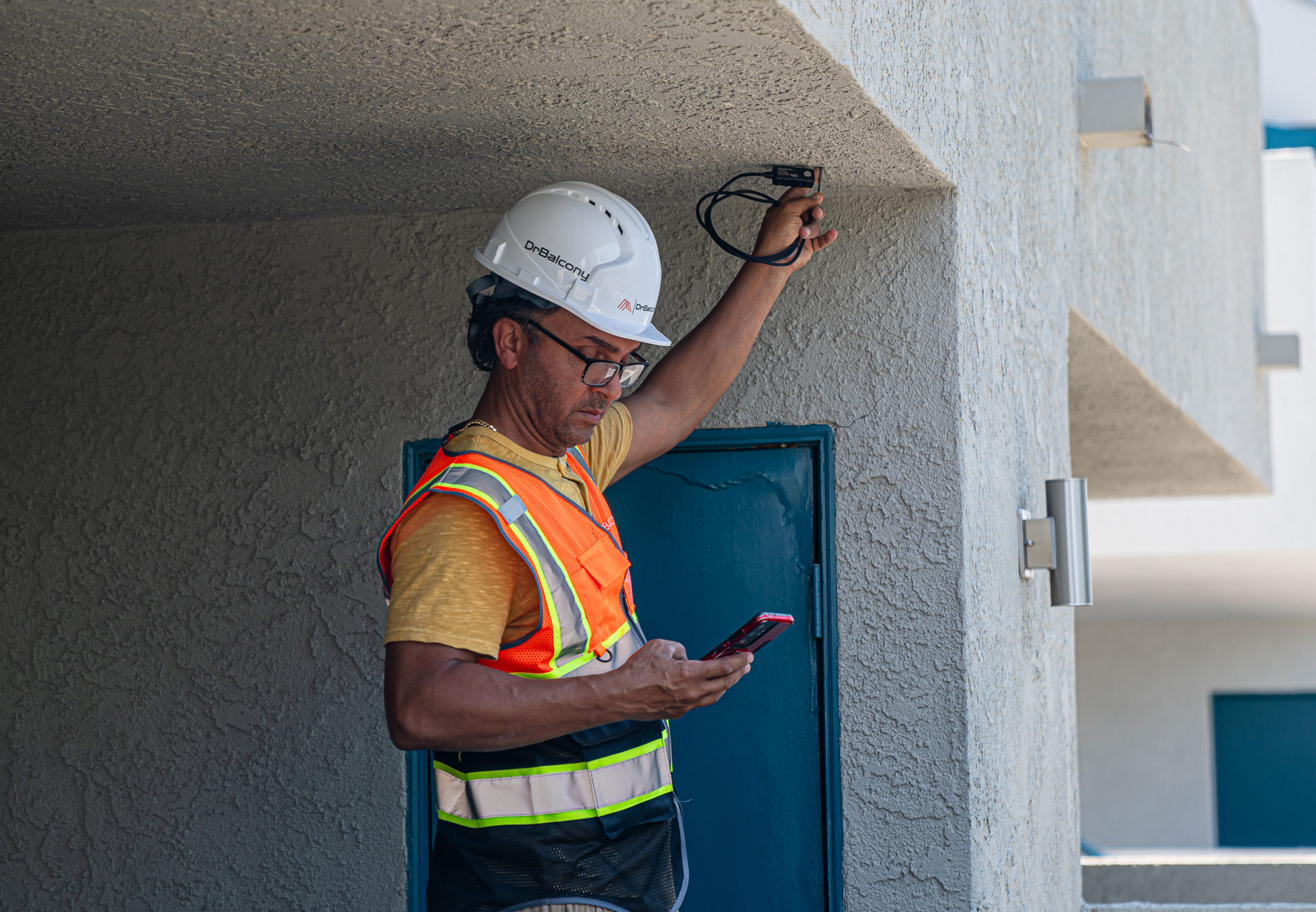Balcony Collapse Risks: Understanding How Wood Rot Contributes and Solutions under SB 721 and SB 326

Table of Contents
Introduction
- Understanding the Risks of Wood Rot in Balconies
The Impact of Wood Rot on Balcony Safety
- Exploring How Wood Rot Contributes to Structural Failures
Addressing Wood Rot Under SB 721 and SB 326
- Overview of SB 721 and SB 326 Regulations
- Mandatory Inspections and Maintenance Requirements
Comprehensive Solutions for Balcony Safety
- Detailed Strategies to Prevent Wood Rot and Ensure Structural Integrity
- Implementing Effective Maintenance Practices
Frequently Asked Questions
Imagine enjoying a peaceful afternoon on your balcony when suddenly, a collapse occurs due to hidden wood rot. This scenario, while alarming, is a real risk that many property owners face. In this article, we will explore the insidious nature of wood rot in balconies, its contribution to collapse risks, and practical solutions to address these issues in compliance with SB 721 and SB 326 regulations.
Unveiling the Threat of Wood Rot in Balconies
Wood rot, often caused by fungi thriving in moist environments, silently weakens the structural integrity of wooden components in balconies. Over time, this decay can compromise the load-bearing capacity of the balcony, posing a significant risk of collapse. Factors such as poor drainage, direct soil contact, and lack of maintenance exacerbate the development of wood rot.
Imagine a balcony with neglected drainage issues that allow water to seep into the wooden beams. Over time, this constant moisture exposure leads to wood rot, weakening the balcony’s structure.
https://www.youtube.com/watch?v=RiglcFDrLDY
Navigating SB 721 and SB 326 Regulations for Safety Compliance
Under SB 721 and SB 326 regulations in California, property owners are legally obligated to conduct regular balcony inspections to ensure safety and compliance. These regulations aim to prevent catastrophic balcony collapses by addressing structural vulnerabilities, including those caused by wood rot.
Through these regulations, property owners are prompted to address wood rot promptly upon detection during inspections. Timely maintenance measures, such as repairing or replacing rotted wood components and applying fungicidal treatments, help mitigate the effects of wood rot and prevent its progression.
By enforcing compliance with these regulations, authorities ensure that property owners take proactive steps to address wood rot issues, thereby reducing the risk of balcony collapses due to structural weaknesses caused by wood decay. Understanding and adhering to these regulations is paramount for maintaining safe living environments for residents.

Property owners in California must schedule routine inspections to detect wood rot early and take necessary corrective actions to prevent balcony collapses.
Solutions for Wood Rot Mitigation and Balcony Safety
Preventative Measures
- Ensure proper drainage systems to prevent water accumulation.
- Conduct regular inspections for signs of wood decay.
- Treat wooden surfaces with protective coatings to minimize moisture absorption.
Wood Rot Treatment
- Promptly identify and replace rotted wood components.
- Apply fungicidal treatments to eliminate fungi causing wood decay.
- Improve ventilation to reduce moisture levels.
Structural Reinforcement
- Strengthen weakened structural elements through repairs or replacements.
- Seek professional advice from experienced contractors for specialized repairs.
- Consider retrofitting solutions to enhance balcony stability.
For further insights into the specific requirements outlined in SB 326 balcony inspections in California, refer to our detailed guide on complying with these regulations.
Q&A Time: Let’s answer some common wood rot questions
Q1: Can wood rot be prevented entirely?
While complete prevention is challenging, proactive maintenance and timely repairs can significantly reduce the risk of wood rot.
Q2: How often should balconies be inspected for wood rot?
Regular inspections at least annually are recommended to detect wood rot early and prevent structural damage.
Q3: Are there visible signs of wood rot that property owners can look out for?
Yes, signs include discoloration, softness, fungal growth, and musty odors on wooden surfaces.
Q4: What are the consequences of neglecting wood rot in balconies?
Neglecting wood rot can lead to structural instability, posing serious safety hazards such as balcony collapses.
Q5: How crucial is it to comply with SB 721 and SB 326 regulations regarding balcony safety?
Compliance with these regulations is essential for ensuring the safety of residents and preventing potential disasters like balcony collapses due to wood rot. By understanding the risks associated with wood rot in balconies and implementing proactive solutions aligned with SB 721 and SB 326 regulations, property owners can safeguard their residents and maintain structurally sound living spaces. Remember, vigilance against wood rot is key to preventing tragic incidents of balcony collapses
FAQ Section: Top Questions & Answers
Contact DrBalcony for a professional inspection!
Ensure the safety of your balcony and living space with DrBalcony – We’re a Tech Engineering firm that specializes in California SB326 & SB721 balcony inspections. Over 300+ completed projects in California.
Request A Free EstimateClick To Call
Similar Blogs

How Much Square Footage Is a Typical Balcony?
Understanding Balcony Sizes, Uses, and Safety Requirements Table of Contents How Big Is a Typical Balcony? Factors That Determine Balcony…

Why Visual-Only Balcony Inspections May Cost You More in the Long Run
The risks of visual-only balcony inspections and why a more thorough, minimally invasive approach—like the one DrBalcony uses—can save property…

Compliance with Balcony Inspection Laws, Height Limitations, and Rail Standards
Balcony safety in California: Height limits, rail standards, and inspection requirements. Stay compliant and avoid risks. Contact DrBalcony today.

What is a Joist? Understanding Its Role in Balcony Inspections
Learn what a joist is and why its condition is crucial during balcony inspections. Discover how engineers assess joists to…
[sp_comments_block]
